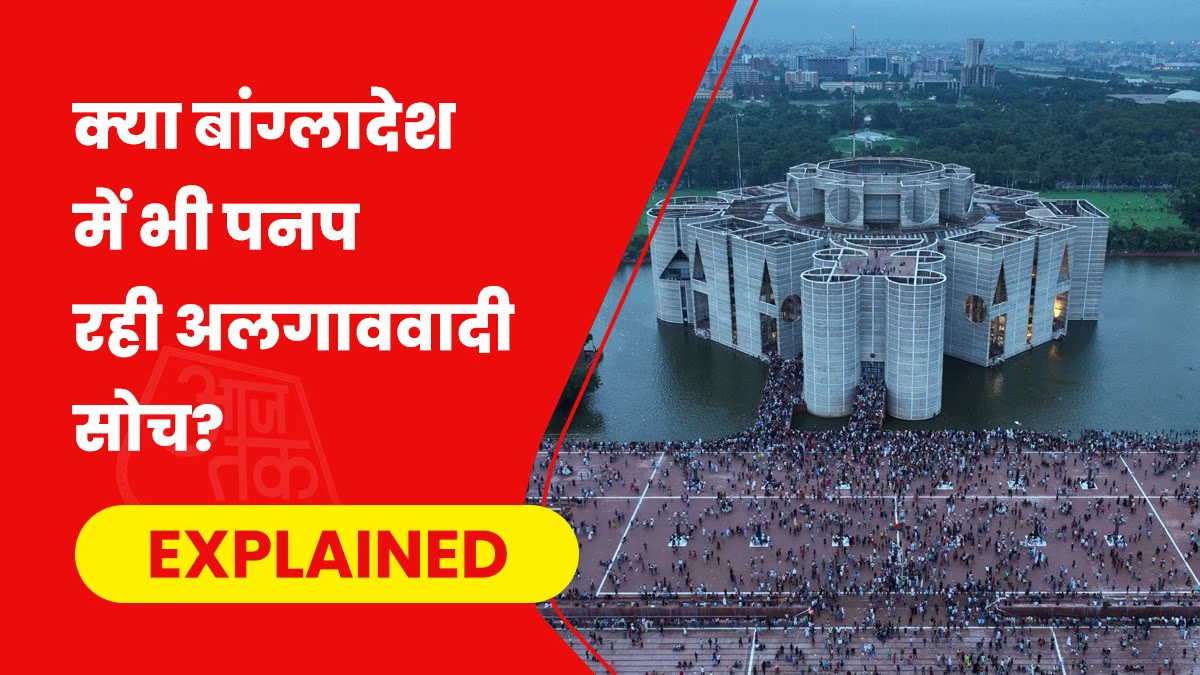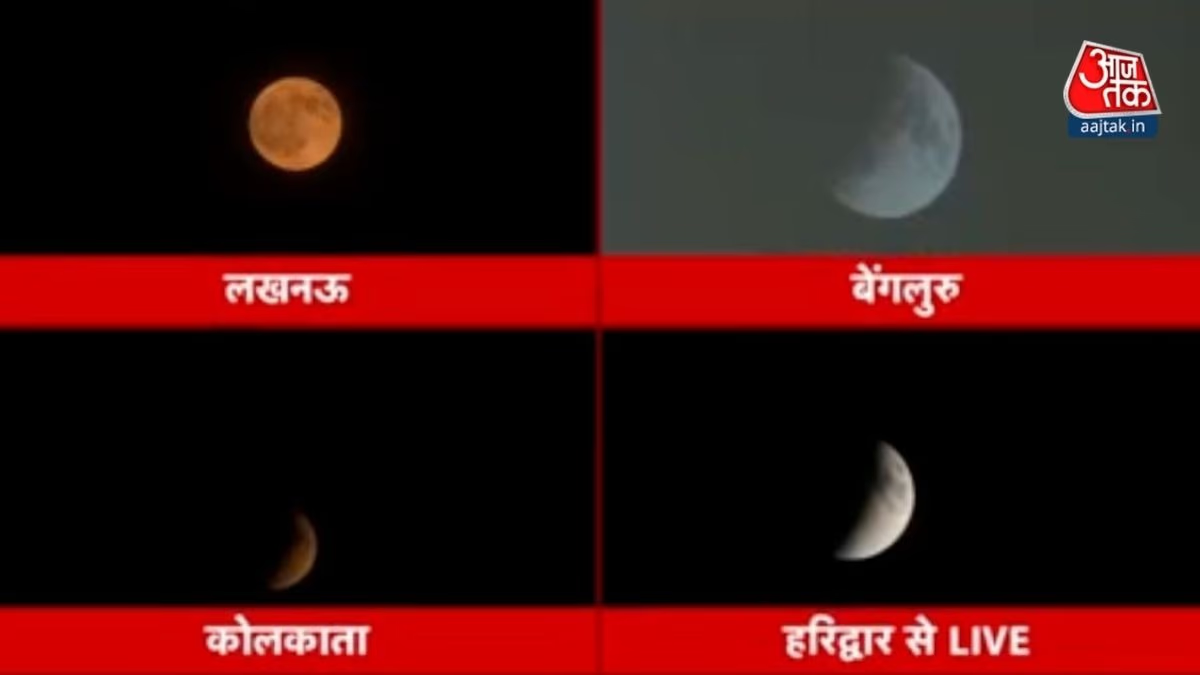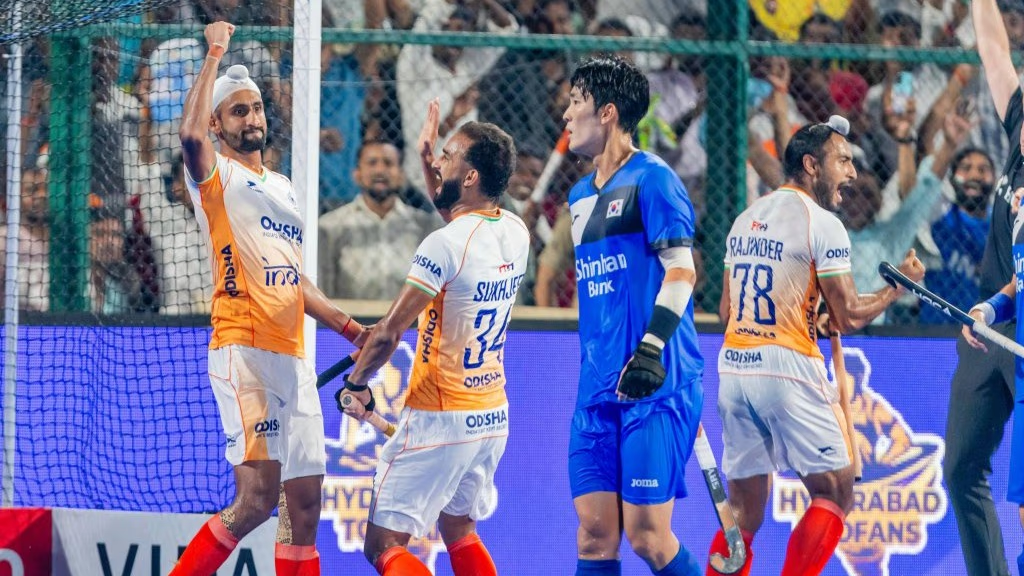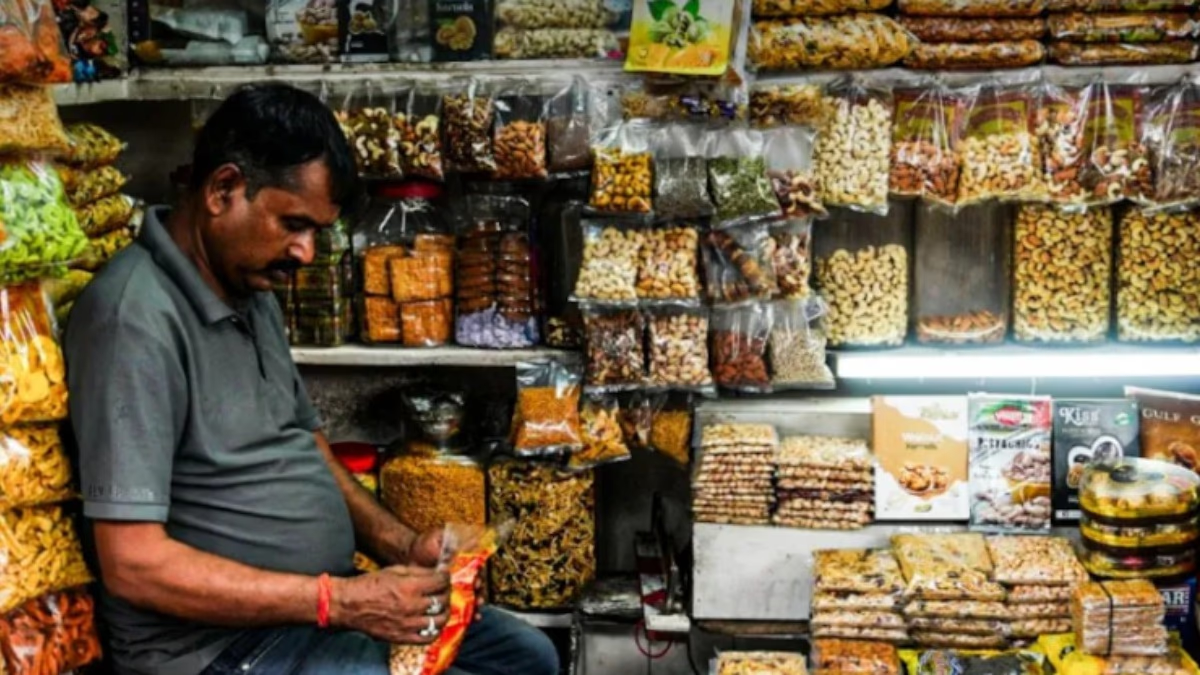The political earthquake in neighboring Bangladesh is having widespread effects. Even after the formation of the new interim government, violence against minorities, particularly Hindus, continues. This history of atrocities against them is long-standing, as reflected in their dwindling population. Hindus in Bangladesh have even demanded a separate country.
Following the partition of India, Pakistan was formed. There were high hopes in East Pakistan due to its larger population, anticipating fair representation in parliament. However, language became a stumbling block. Pakistan declared Urdu as the official language, while East Bengal was home to Bengali speakers.
The restrictions didn't stop there. Speaking Bengali in the Pakistani Assembly was banned, claiming that Urdu was the language of Muslims. Violence against Bengali speakers ensued.
The discrimination against the Bengali population escalated to the point where East Pakistan began to feel completely isolated, laying the foundation for Bangladesh. The Bhola Cyclone in the 1970s, which caused massive casualties in the region, added fuel to the fire. The Pakistani government was heavily criticized for its inadequate relief efforts.
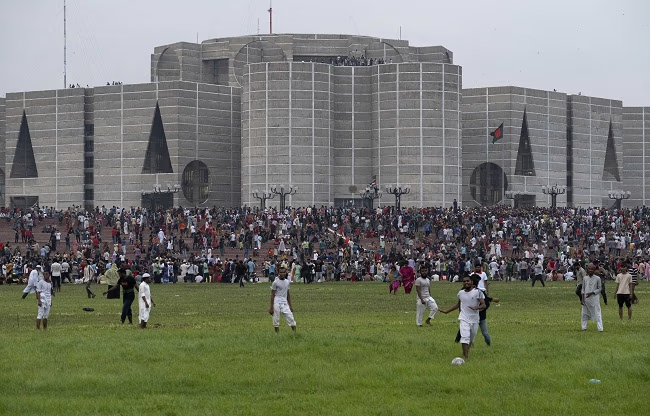
Source: aajtak
Soon after, Bangladesh fought for its independence, leading to widespread bloodshed. Pakistan stands accused of severe human rights violations and war crimes during this period. Ultimately, intervention by India forced the Pakistani army to surrender, leading to the creation of Bangladesh in March 1971. Ideally, those separated by language should have coexisted peacefully, but that was not the case.
This time, Hindus residing in Bangladesh claimed discrimination by the majority population. They showed evidence of this social and political marginalization. Whereas the Hindu population in East Pakistan was 30% when Pakistan was formed, it has now dwindled to 8%.
A new movement began in southwestern Bangladesh, named the 'Swadhin Bang Bhoomi Movement.' 'Banga' or 'Vanga,' situated along the Ganges, was ancient Bengal. This movement aimed to create a new state for Bengali-speaking Hindus, proposing the name 'Bang Bhoomi.' The movement, which began in 1973, was spearheaded by those who had faced persecution during the separation from Pakistan.
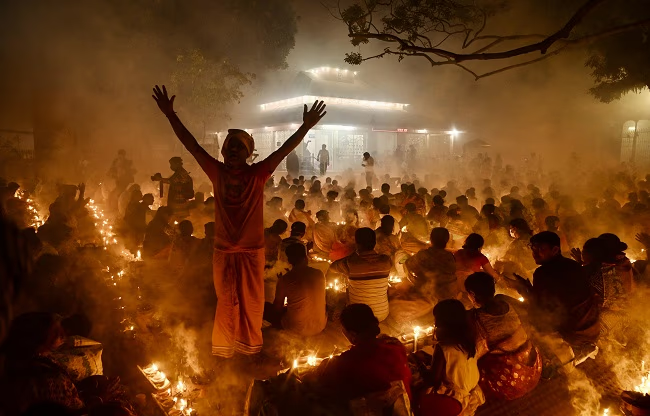
Source: aajtak
The 'Bang Sena,' an organization of Hindu protesters, led this movement. It was headed by Kalidas Vaidya and Dhirendra Nath Paul. Unlike other protestors, they rarely took to the streets with demands for a separate country. Accusations arose that this group operated mostly underground. Bangladesh's authorities accused the separatists of collaborating with West Bengal to create unrest in the country.
Two decades ago, Major General Jahangir Alam Chowdhury of the Bangladesh Rifles listed the 'Bang Sena' as an extremist group. That same year, he released a list of alleged extremists operating anti-Bangladesh agendas from West Bengal, Assam, and Tripura.
The proposed state included parts of the districts of Khulna, Jessore, Kushtia, Faridpur, Barisal, and Patuakhali, later incorporating Chittagong. It spanned 20,000 square miles, approximately one-third of Bangladesh.
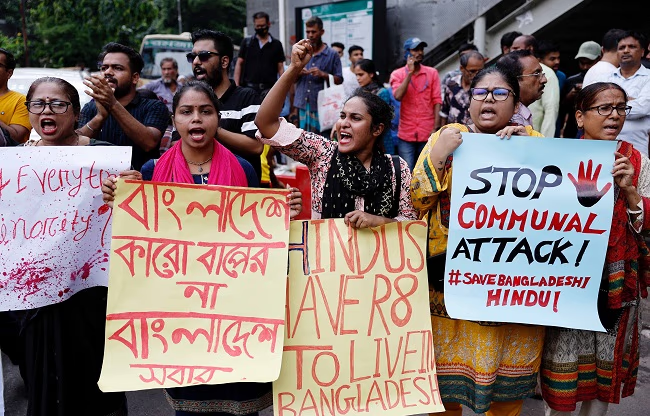
Source: aajtak
It wasn’t just a dream of a separate state; they even devised a national flag - a blend of green and saffron colors with a white sun-like emblem. Over time, the Hindu population dwindled, separatists were suppressed, and talk of a separate state faded. However, it can't be denied that the spark might still be smoldering beneath the surface.
Speaking of Bangladesh's minorities, numerous tribal groups exist here. They formed a group called the Parbatty Chattogram Jan Sanghati Samiti (PCJSS). The population of Chittagong Hills and its surrounding areas constantly engaged in movements, demanding autonomy rather than a separate nation.
PCJSS had a military wing called 'Shanti Bahini,' which trained its fighters in weaponry. The separatist youths carried out guerrilla attacks, bringing instability to the nascent Bangladesh. Ultimately, an agreement was reached in 1997 between the then-government and PCJSS, disbanding the military wing and bringing the group into active politics. At that time, it was the Awami League party's government. This party remains in politics today and continues to advocate for the rights of the tribal groups of Chittagong Hills.
